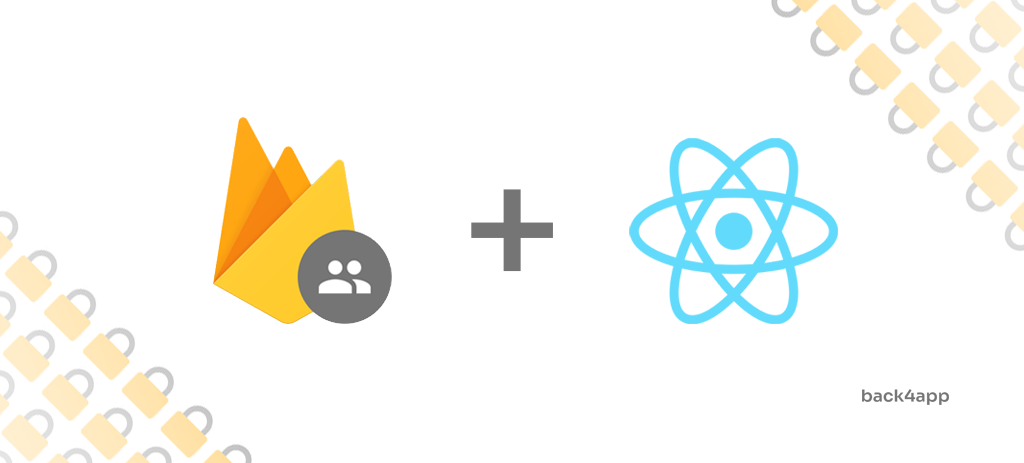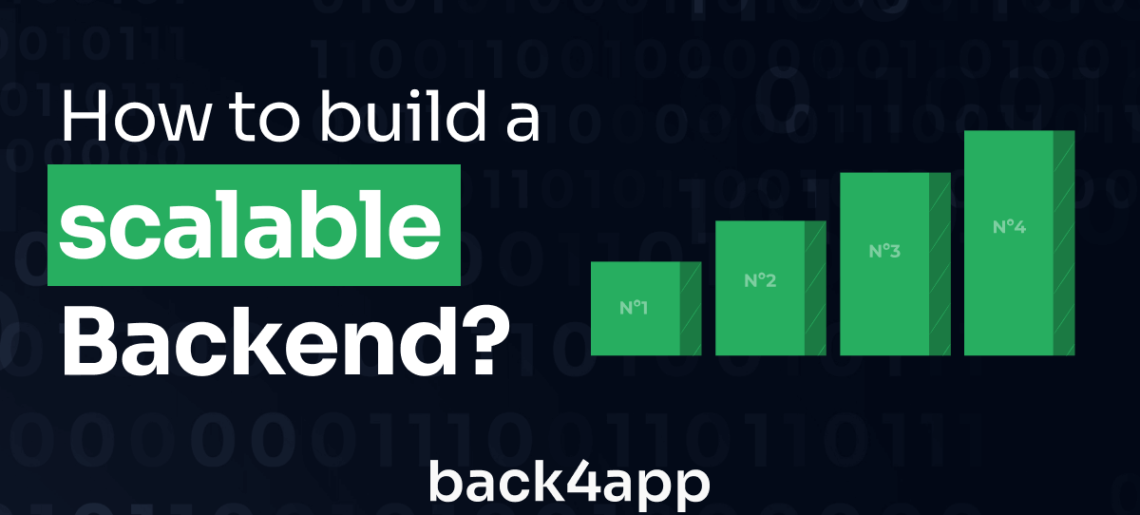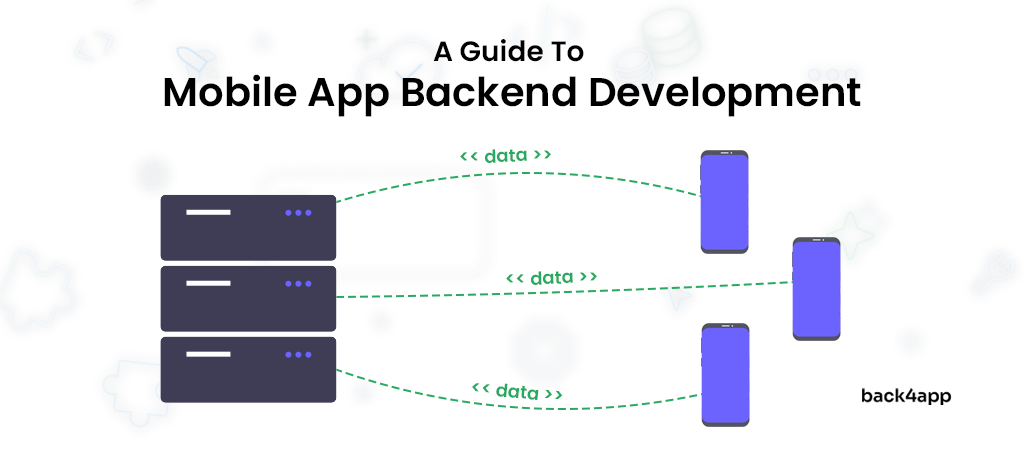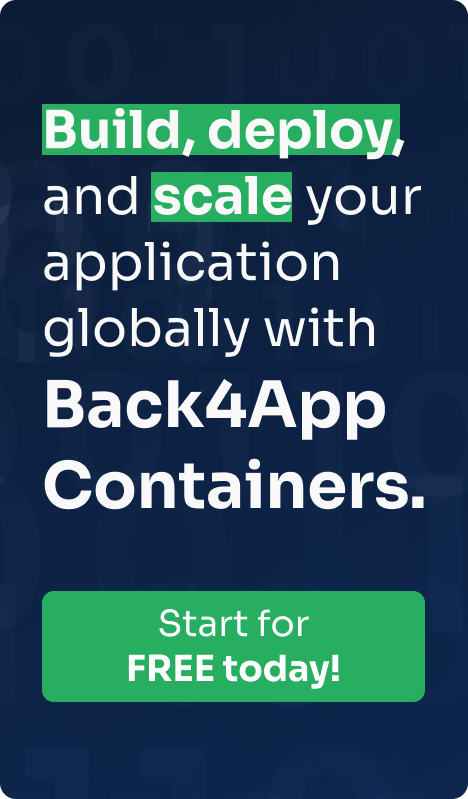Cloud-based technology services are widely accessible all over the world, and several businesses employ them primarily.
The greatest PaaS businesses will undoubtedly and rapidly provide you with simple app creation, administration, and deployment solutions. However, while functioning in the cloud, you may have faced a dizzying selection of PaaS providers from which you needed to pick the right one.
As a result, you should concentrate on the most important variables that will propel your firm to the top of its industry. CapRover and Railway are the greatest and most advanced PaaS solutions available.
If you want your processes to go faster, one of these is typically the better option. Examine the details provided below to determine which PaaS platform is ideal for your business.
Read More





